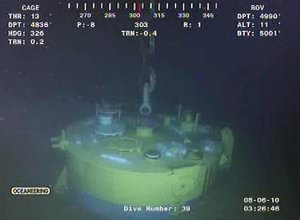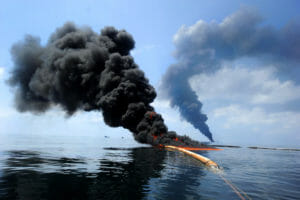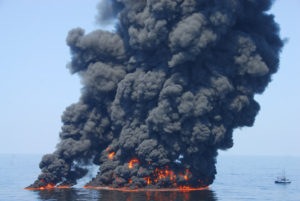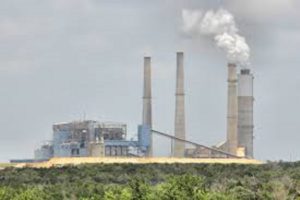BP Readies the Final ‘Kill’
Someone should tell BP that the whole kill-speak approach does not bode well when you're actually killing wildlife and industry in the Gulf. But nonetheless, BP says the mud and cement pumped into the blown-out oil well, termed a “static kill,” are holding and that it is preparing to seal the deal with a “bottom kill” later this month.
Someone should tell BP that the whole kill-speak approach does not bode well when you’re actually killing wildlife and industry in the Gulf. But nonetheless, BP says the mud and cement pumped into the blown-out oil well, termed a “static kill,” are holding and that it is preparing to seal the deal with a “bottom kill” later this month. –JCL
Your support matters…Reuters:
BP said the cement seal on its crippled Gulf of Mexico oil well was holding on Friday, as the company readied a final push to permanently shut down the deepwater source of the world’s worst offshore spill.
More than 100 days after the start of the catastrophic spill that ravaged ecologically sensitive wetlands and lucrative coastal economies in the U.S. Gulf, BP said no oil was leaking from the undersea Macondo well and no “recoverable oil” was left on the surface of the Gulf of Mexico.
BP finished pumping cement into the ruptured well on Thursday after injections of heavy drilling mud earlier this week subdued the upward pressure of oil and gas. The wellhead was provisionally capped in mid-July.
Independent journalism is under threat and overshadowed by heavily funded mainstream media.
You can help level the playing field. Become a member.
Your tax-deductible contribution keeps us digging beneath the headlines to give you thought-provoking, investigative reporting and analysis that unearths what's really happening- without compromise.
Give today to support our courageous, independent journalists.





You need to be a supporter to comment.
There are currently no responses to this article.
Be the first to respond.